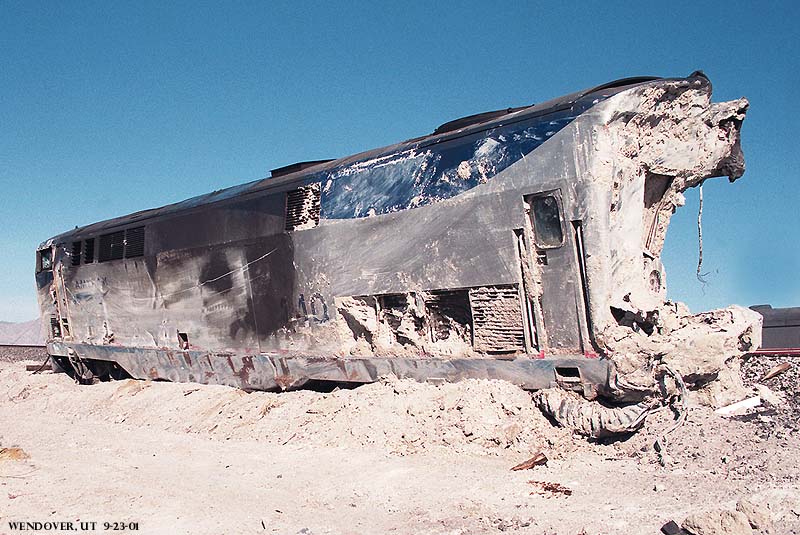DryCreek
Lead Service Attendant
OK, lookng at the new locomotives that are being used by Amtrak, a crazy question popped into my head.
First, for a little background; my Grandfather was an engineer (first steam, then diesel) for the Rock Island Line, and then Burlington. He was based out of Teague, Texas. My uncle followed in in footsteps and is currently employed by BNSF. He no longer is on the road, but I think that he works in a yard due to injuries (dispatch?).
Anyway, growing up in I remember seeing the big EMD E-Series locomotives* (don't really remember any Alcos) passing by on the freights and some passenger traffic. The EMD's always seemed to be MU'd with an "A" unit followed by however many "B" units were required for the conditions. The brakemen and conductor could pass between the lead unit and the MU'ed B units through doors and passages over the couplers.
So, on these newer units, I guess that there is no way for anyone to pass between the locomotives - is there? Is each one crewed? Even if it is only providing HEP (hotel loads) and not traction? That seems like a redundancy in staffing. Even when they MU'ed two EMD E series "A" units, they had one facing rearward so that the train crews could pass between locomotives - and only the crazy or brave (you pick) would even consider going out the trapdoor on the nose if they wanted to get to the car immediately behind the last locomotive.
Why don't they have one of the locomotives facing to the rear when paired?
* E-7, E-8 and E-9's
First, for a little background; my Grandfather was an engineer (first steam, then diesel) for the Rock Island Line, and then Burlington. He was based out of Teague, Texas. My uncle followed in in footsteps and is currently employed by BNSF. He no longer is on the road, but I think that he works in a yard due to injuries (dispatch?).
Anyway, growing up in I remember seeing the big EMD E-Series locomotives* (don't really remember any Alcos) passing by on the freights and some passenger traffic. The EMD's always seemed to be MU'd with an "A" unit followed by however many "B" units were required for the conditions. The brakemen and conductor could pass between the lead unit and the MU'ed B units through doors and passages over the couplers.
So, on these newer units, I guess that there is no way for anyone to pass between the locomotives - is there? Is each one crewed? Even if it is only providing HEP (hotel loads) and not traction? That seems like a redundancy in staffing. Even when they MU'ed two EMD E series "A" units, they had one facing rearward so that the train crews could pass between locomotives - and only the crazy or brave (you pick) would even consider going out the trapdoor on the nose if they wanted to get to the car immediately behind the last locomotive.
Why don't they have one of the locomotives facing to the rear when paired?
* E-7, E-8 and E-9's








